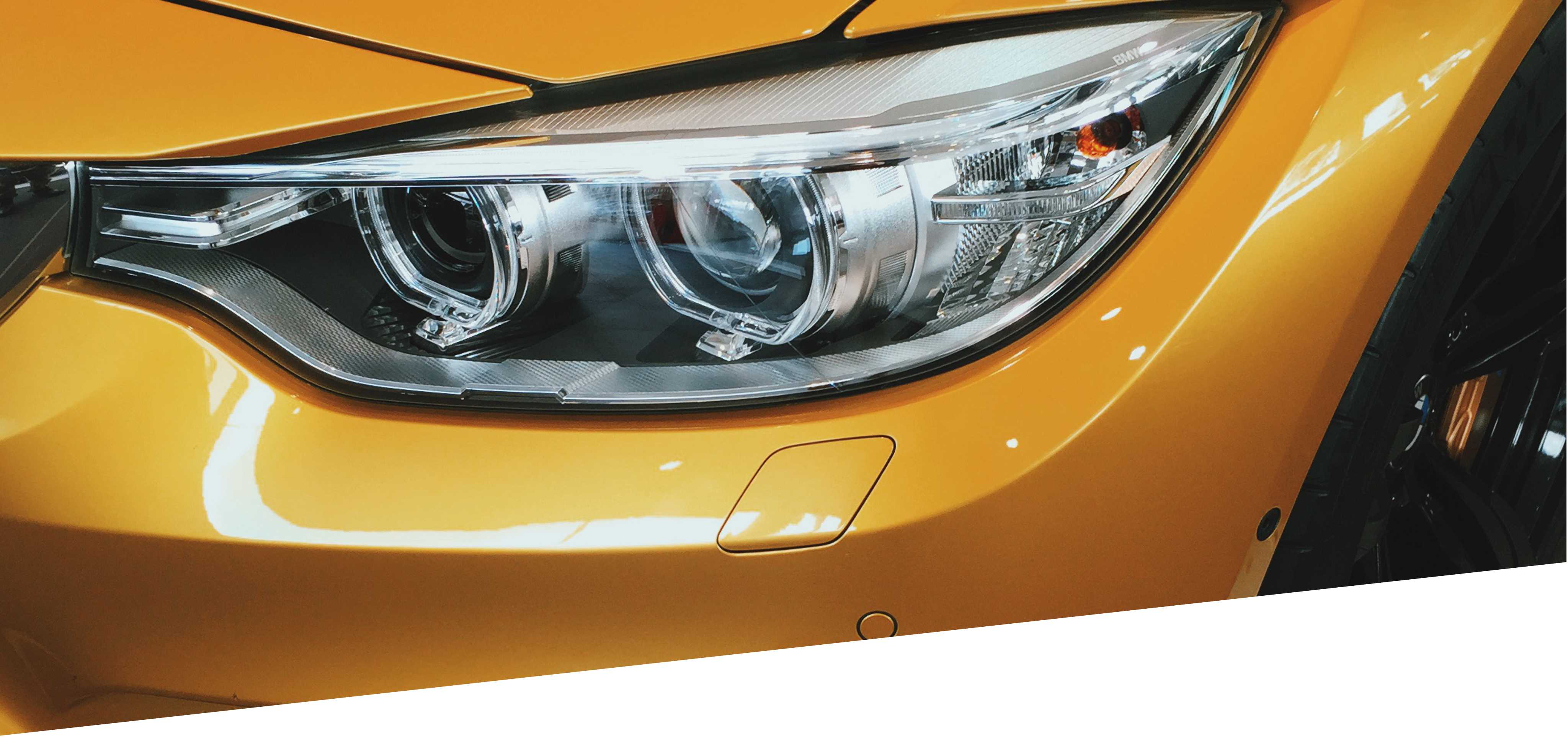
Unpicking FRAND for the Automotive Sector
The automotive industry is beginning to see major benefits of connectivity with potentially revolutionary prospects. Yet this success brings the interest of players not traditionally engaged with the automotive sector, including patent holders, licensors and non-practicing entities making claims on patented technologies.
Download the full article here: Cubicibuc – FRAND for the Automotive Sector
FRAND: It worked then, it can work now – but the parameters have changed
A 1990s 2G / GSM mobile phone offered few features beyond making and receiving calls – a mobile phone was a simple functioning device, but still pushed the bounds of what was technically achievable at the time.
The components in the bill of materials (BoM) were exclusively present to support the implementation of the GSM standard. The product, a handset, was an implementation of the technical standards and not a lot more; the plastic case, some mechanical designs, and perhaps a tweak on the user interface.
For companies with patents, and particularly standards essential patents (SEPs) this simple linkage between the product and the defining standards meant the model for licensing and royalties was straight forward. It was reasonable to suggest that an IPR royalty rate could be based on the selling price of the entire device.
The device embodies the standard and little more – there are no stacking issues: a single standard and one device. Clearly the identification of the relevant patents, the size of the entire landscape for proportionality issues still remain, but as a basis of the royalty calculation the selling price (or ex-factory cost) of device itself was a good starting point, and one that could reasonably be called FRAND.
Feature creep, evolution and convergence
Since GSM, mobile phones have evolved significantly. What were once embodiments of a single standard are now deeply complex products.
The wireless communications aspect now represents a small part of the overall functionality of typical mobile handsets. The telecoms standards functions now provide “modem” functionality to a device that typically contains separate processors running complex high level operating systems supporting an array of other functions and features.
Even the wireless elements themselves have evolved. While mobile devices still support GSM, they are also likely to include GPRS, UMTS, HSPA, LTE and possibly LTE-A. That’s even before including other wireless communication standards such as WiFi, Bluetooth and NFC.
The BoM for a modern day mobile device is more complex than the 1990s handset. Items such as the screen and battery dominate the cost, while the application processor and storage for games, music and movies also have a significant presence.
The wireless device eco-system has also evolved. We no longer speak of mobile phones but of connected devices. The Internet of Things revolution potentially means handsets will become a minority as devices from utility meters to vehicles become connected.
What’s not fair about connected devices?
As the dominance of the handset makes way for connected things the expanding ecosystem is faced with the continued challenge of SEPs and how to reflect the value of SEPs.
Where the wireless communications element now represents an increasingly small part of the overall functionality of typical mobile handsets it is clear that such products are still purchased because they offer connectivity – even where that connectivity is rarely voice based.
Within this context arguments have been made for basing royalty rates on the smallest saleable patent-practicing unit (SSPPU), often claimed to be the baseband chip. The SSPPU argument works for many patents, but not all. The argument also ignores the incremental value of the connectivity.
With a handset a large part of the value is derived from the connectivity. With other consumer electronics the case is not so clear. A digital camera for example may have a smaller incremental value than the associated cost of adding connectivity as the feature is not (currently) considered essential for digital cameras.
Likewise for cars: as the automotive sector converges with the telecoms sector connectivity increasingly becomes a necessary element of modern vehicles: for E-911 support, for real-time fault tracking, and for over-the-air software upgrades. While such functionality is currently unlikely to influence the buying decision this will change as the benefits of new smart, connected services become apparent.
As connectivity brings value to the automotive sector, it also opens the door to claims of patent infringement.
Convergence is a two-way street
The automotive industry is beginning to see major benefits of connectivity with potentially revolutionary prospects. Yet this success brings the interest of players not traditionally engaged with the automotive sector, including patent holders, licensors and non-practicing entities making claims on patented technologies.
The automotive industry has never been immune from patent litigations, but we are starting to see telecoms patent owners asserting assets against auto manufacturers which perhaps represents a new trend.
The regulatory environment for patents is changing, as are approaches to licensing and issues of FRAND and royalty setting. Connectivity and convergence bring many benefits to a range of sectors, and the automotive industry should embrace the technology with the right IP strategy plans in place to manage the potential IP risks.
Understanding the context
Connectivity as an embedded feature of vehicles must be understood within the context of the wider feature set and usage of the technology. Many SEP owners are used to traditional arguments based on uses of the technology in the hands of phone users making regular calls; where automotive connectivity is often used for exception cases – emergency calls, or breakdowns.
The challenge then, is to counter patent claims with an understanding of the relationship between the patents, the technology and the products. Knowing the relative size of the patent landscape, the importance of the patents within the scope of the standards and how or even if those features are actually implemented are key steps in developing a defensive strategy.
